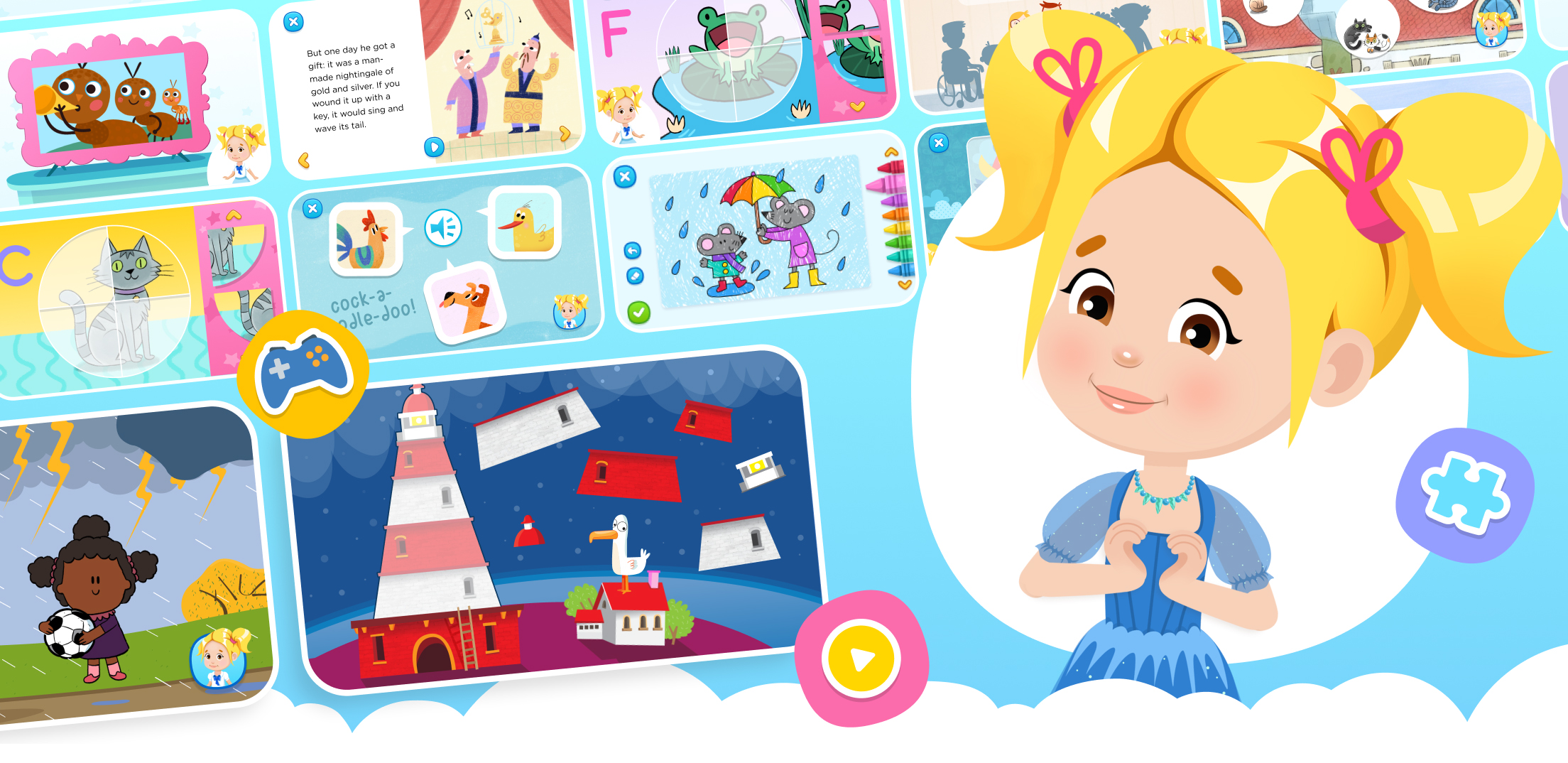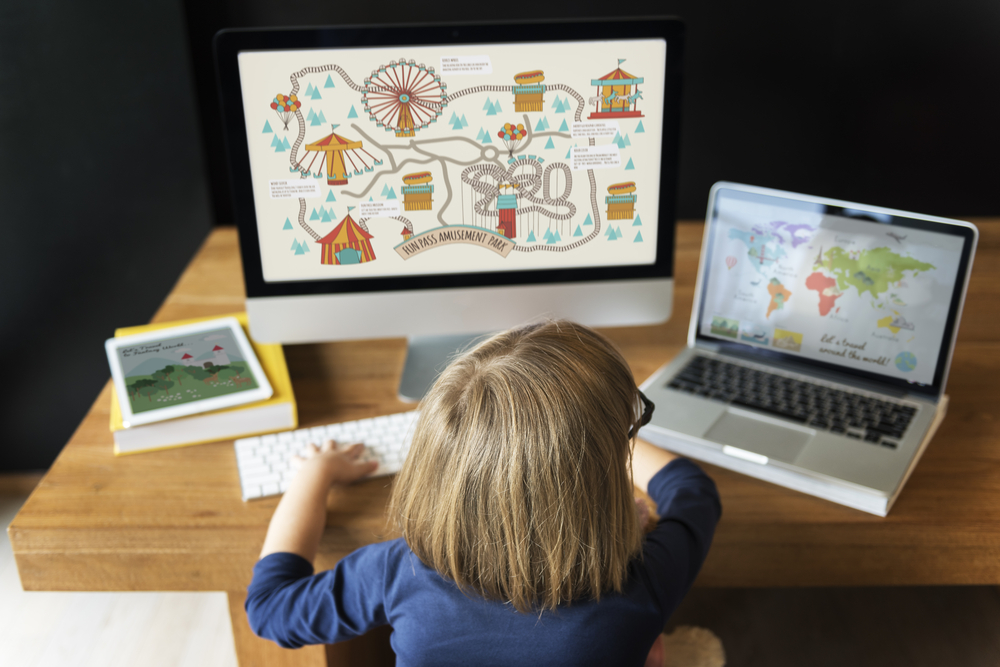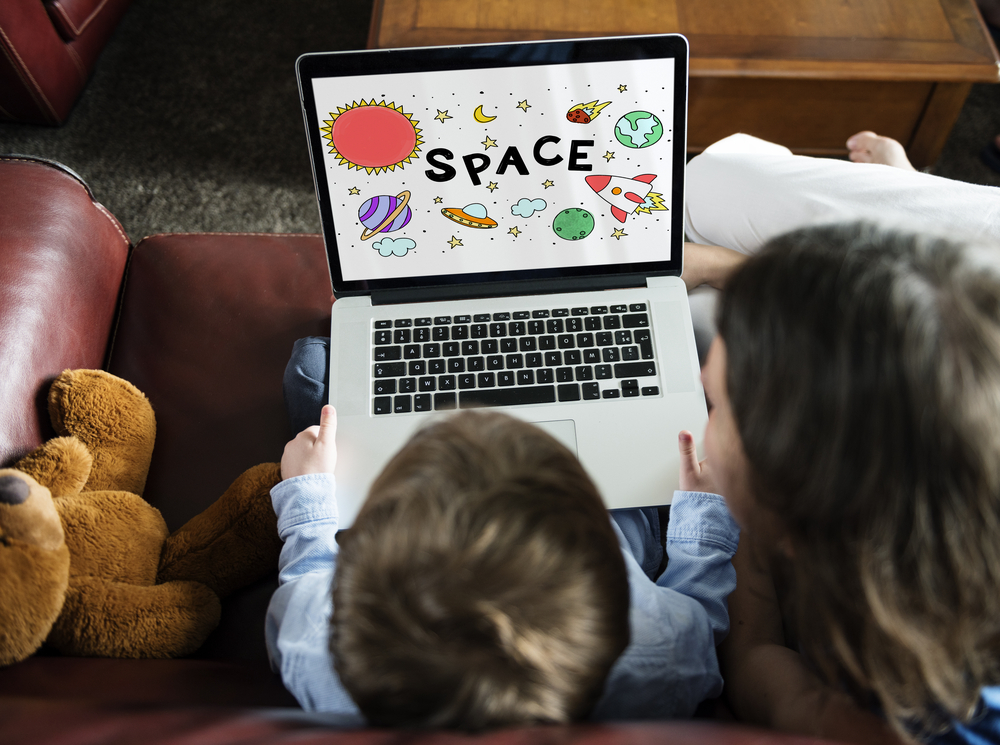Spatial reasoning Normal Math Worksheets for Ages 6-7
3 filtered results
-
From - To
Spatial reasoning is a key foundational skill for young learners, instrumental in understanding and excelling in math. Our carefully designed Spatial Reasoning Math Worksheets for ages 6-7 focus on enhancing children's ability to visualize and manipulate two- and three-dimensional objects. Engaging activities and exercises aim to develop critical thinking, improve problem-solving skills, and boost overall mathematical comprehension. Each worksheet provides fun challenges tailored to this age group, preparing kids for more advanced math concepts. Perfect for classroom or at-home learning, our worksheets are an ideal resource to support your child’s educational growth and success in mathematics.
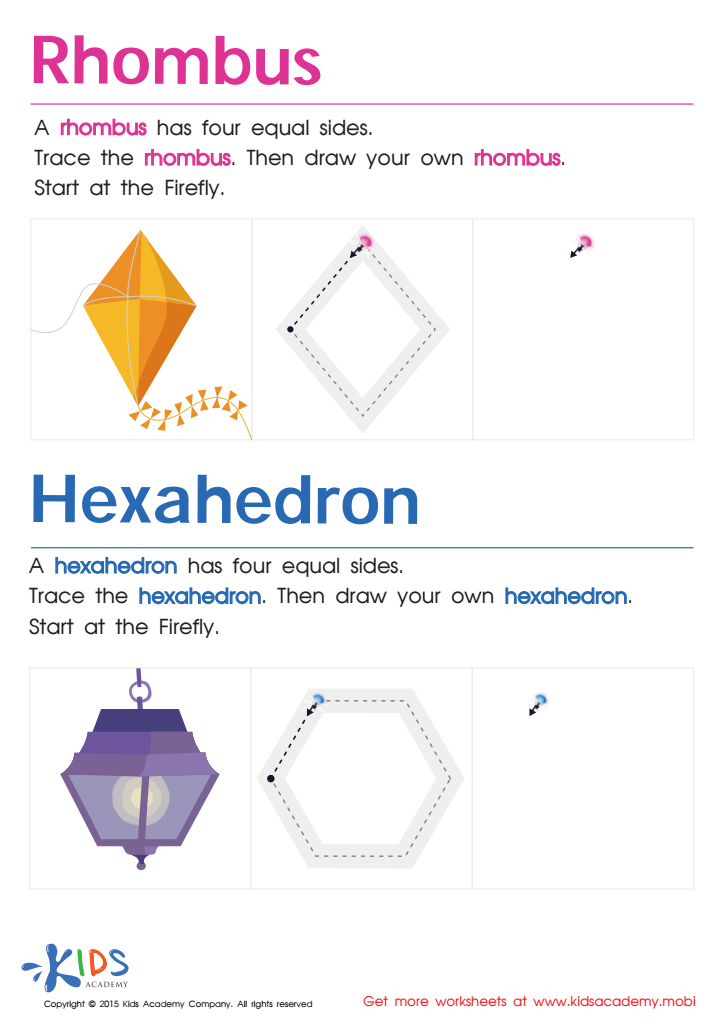

Draw a Rhombus And a Hexahedron Printable
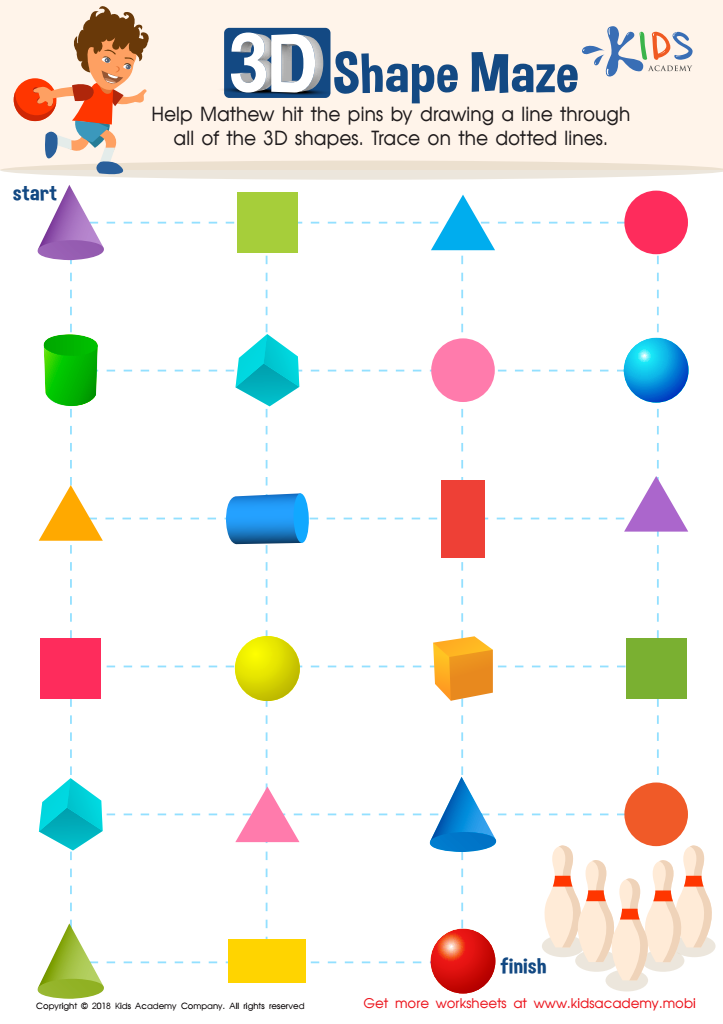

Shapes Maze Geometry Worksheet
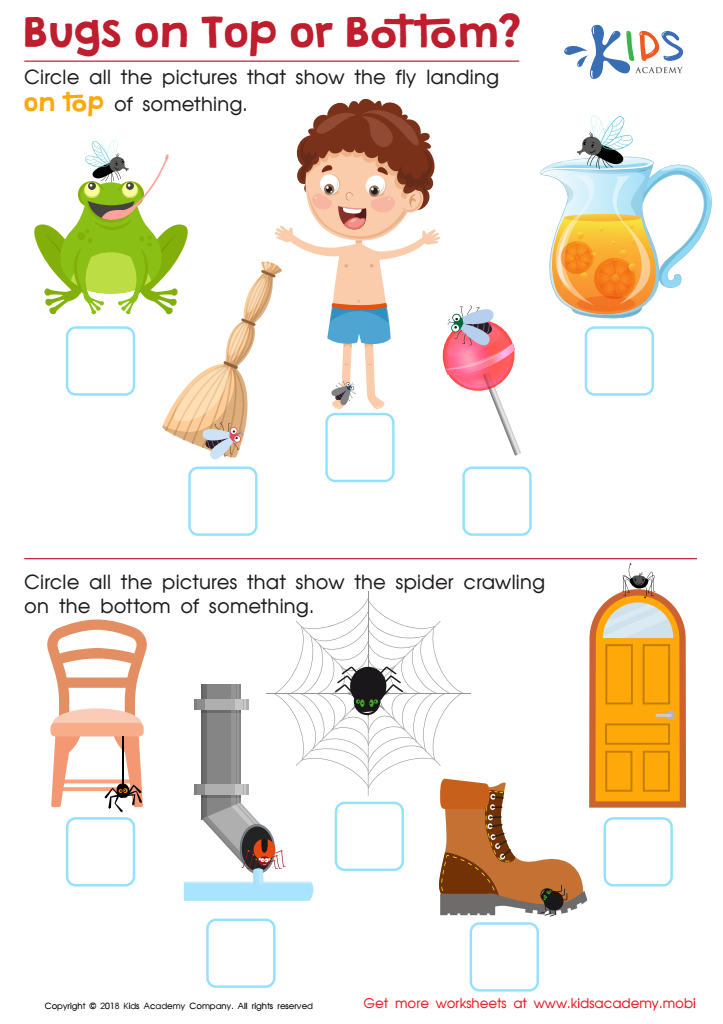

Bugs on Top or Bottom? Worksheet
Spatial reasoning is a crucial skill for young children, especially in the 6 to 7-year-old age range, as it forms the foundation for more advanced mathematical concepts and everyday problem-solving abilities. Spatial reasoning involves understanding shapes, sizes, positions, directions, and the relationships between objects in space. This ability is directly connected to numerous areas of academic and real-life success.
First, strong spatial reasoning skills are linked to better performance in math. Children who can visualize and manipulate shapes and patterns develop a deeper understanding of geometry, measurement, and even number sense. For young learners, these skills help in mastering basic arithmetic and lay the groundwork for later success in subjects like science, technology, engineering, and mathematics (STEM).
Furthermore, spatial reasoning is not just about math but also critical for interpreting graphs and maps, understanding complex structures, and recognizing patterns. In early childhood, playful activities like building blocks, drawing, or engaging in puzzles are instrumental. These activities enhance a child's ability to think creatively and solve problems effectively.
Parents and teachers should therefore prioritize fostering spatial reasoning early on. By incorporating activities that stimulate spatial thinking, they ensure children develop both the cognitive skills necessary for academic achievement and the practical skills essential for daily living. Investing attention and care into this area sets the stage for lifelong learning and problem-solving proficiency.
 Assign to My Students
Assign to My Students




